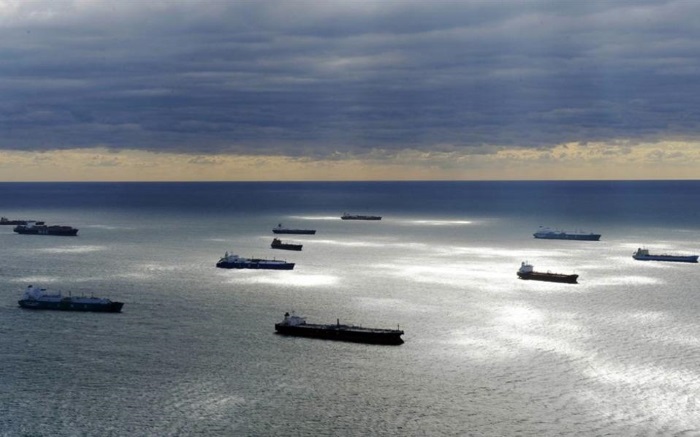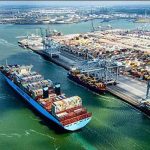Ship-to-ship transfers of Russia’s Urals crude oil grade in August were about 85% lower than their peak in the first quarter of this year, according to analytics firm Vortexa, amid warmer weather and Moscow’s decision to cap exports.
Ship-to-ship (STS) transfers of Russian Urals averaged 60,000 barrels per day (bpd) in August, Vortexa said, up 10,000 bpd month-on-month, but 375,000 bpd lower than the Q1 2023 average.
Shippers no longer needing to use expensive ice-class vessels in the Baltics partly accounts for the fall, traders told.
Vortexa analyst Armen Azizian said another reason was that Russia’s main Urals crude buyers – China and India- “are now known to the market, so there is no longer the need for a middleman to put one step between seller and buyer as there may have been initially post-ban,” referring on EU and G7 restrictions on the trade of Russian oil.
Russia’s voluntary oil export cuts have also contributed to the fall. On Tuesday, Russia announced it would extend a 300,000 bpd cut in exports until the end of the year.
The Group of Seven (G7) countries along with the European Union and Australia imposed the price cap mechanism on Russian oil last December, followed by a cap on fuel from February, as a means to slash Moscow’s revenue, hindering its war effort in Ukraine.
This move made it much harder for traders to ship Russian oil using Western ships and insurance services, and led to a proliferation of new companies that started shipping Russian fuel using non-Western ships and insurance services.
According to the calculation at least 40 middlemen, including companies with no prior record of involvement in the business, handled at least half of Russia’s overall crude and refined products exports between March and June.
Vortexa said that since March 22, 143 unique tankers have loaded Russian crude and other products like fuel oil that had previously carried sanctioned Iranian and Venezuelan crude.
“Russian crude and dirty petroleum product exports on carriers involved in sanctioned trade were 780,000 bpd in August 2023, a 220,000 bpd increase m-o-m,” Azizian said.
With Urals crude now trading above the cap, shippers using sanctioned ships more frequently.
The G7 has for now shelved plans to periodically review the scheme, sources told.
Source: Hellenic Shipping News





